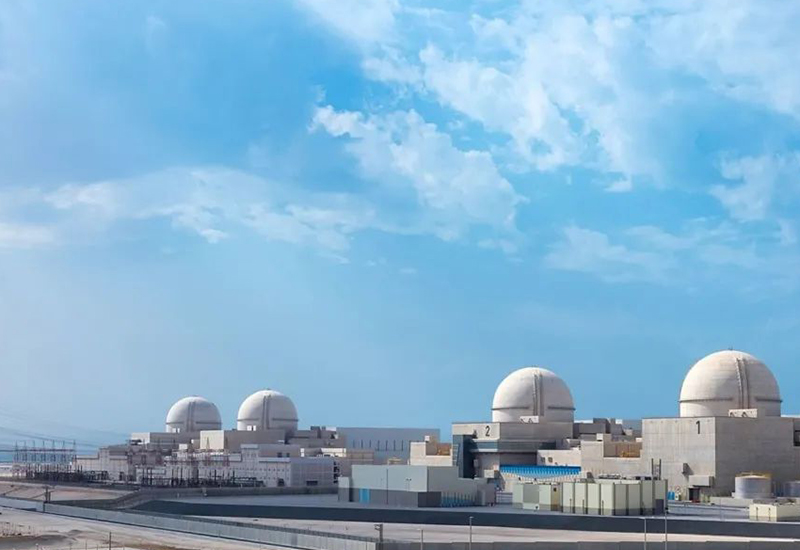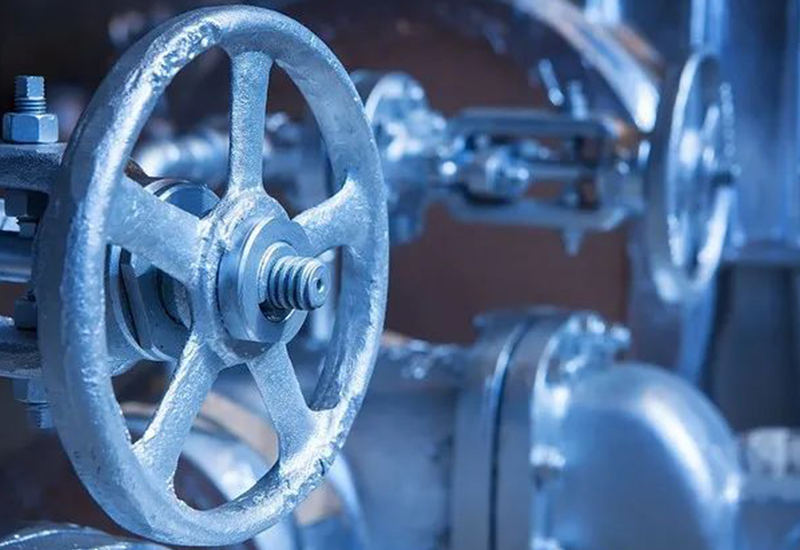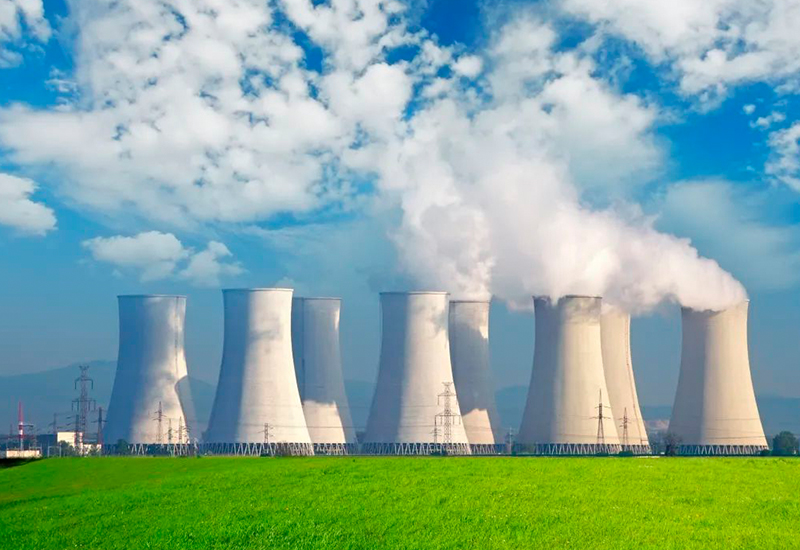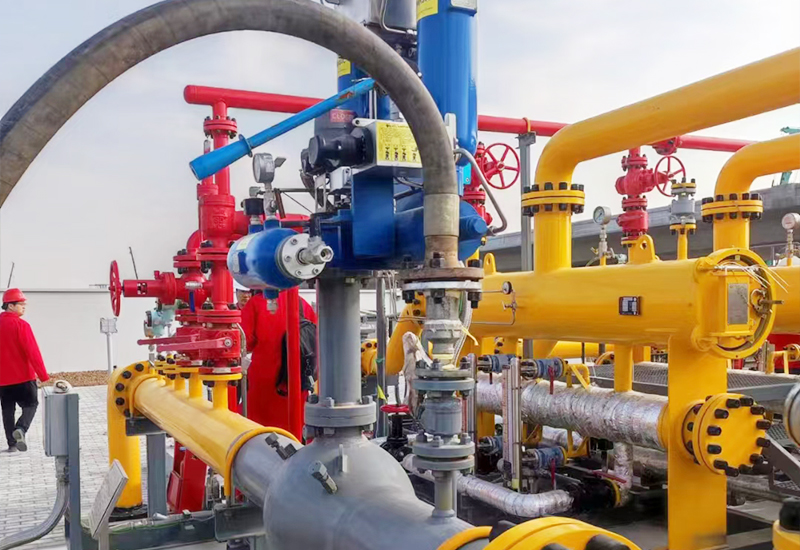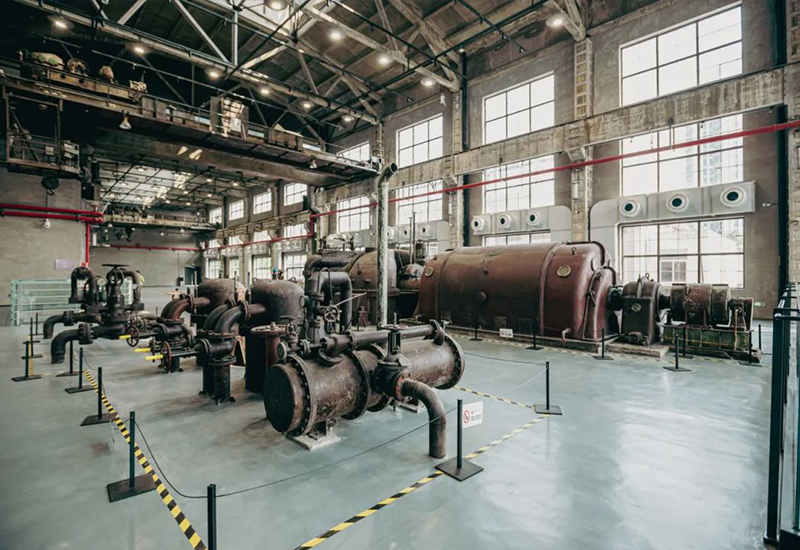
In recent years, the state has affirmed the importance of key equipment for intelligent manufacturing and automatic control equipment from multiple aspects. It has successively introduced a number of industrialization policies and development guidance documents targeting the application of intelligent manufacturing processes in various industries, supporting control valve enterprises to actively position themselves in the field of intelligent control valves, thereby establishing a favorable market environment for the future application of intelligent control valves in various industries. The implementation of relevant laws and regulations and policies will have a certain positive impact on the competitive landscape of the industrial control valve industry, with market share further concentrating towards enterprises with strong independent innovation capabilities, rapid product updates and iterations, and strong integrated service capabilities.
The development of China's petroleum, chemical, power, and other industrial fields, as well as the rapid economic growth, has supported the market demand for industrial valves. According to statistics, from 2018 to 2023, the market size of China's industrial valve manufacturing industry increased from 75.63 billion yuan to 103.36 billion yuan, with an annual compound growth rate of 6.4%.
This article is excerpted from "2024 Analysis of the Current Status and Trends of China's Industrial Control Valve Industry Development, Product Development Trend towards Standardization and Modularization" published by Huajing Industry Research Institute. For the full text content, please visit Huajing Qingbao Network to search and view.
China's control valve industry started late but developed rapidly. In the 1960s, China began to independently develop single-seat valves and double-seat valves. In the 1970s, with the expansion of industrial production scale, domestic control valve products could no longer meet the control requirements of high differential pressure, low temperature, high temperature, and strong corrosion in production process control. After the 21st century, private control valve manufacturing enterprises became the main force in China's control valve supply. Currently, China's industrial control valve output continues to grow, reaching 23.65 million sets by 2023.
The development of industrial control valves is closely related to the development of industrial production processes. As a mid-to-high-end category among industrial valves, the overall sales volume of China's industrial control valve industry has maintained a rapid growth trend. In 2023, China's demand for industrial control valves was about 37.89 million sets, an increase of 8.6% year-on-year. In the coming years, driven by the growth of line construction and reconstruction scale, as well as industrial transformation and policy encouragement, the demand for industrial control valves in domestic petrochemical, coal chemical, fine chemical, pharmaceutical, natural gas, and environmental protection industries is expected to continue growing.
Industrial control valves, as core components of industrial automation control, are mainly used in industries such as petroleum and natural gas, petrochemical and chemical engineering, metallurgy and steel, power, light industry, etc., which are vital industries of China's national economy. These industries have long circulation pipelines with complex working conditions involving high temperature, high pressure, low temperature, low pressure, acidity, corrosion, flammability, explosiveness, and other extreme situations, which may have a significant impact on the environment and safety. With the gradual improvement of environmental awareness among all sectors of society, the control valve industry is facing new requirements and technical challenges. Some control valve manufacturers from developed countries such as the United States, Japan, and Germany have begun to develop new products that are beneficial to environmental protection, which can further reduce toxic substances and radioactive media, noise pollution, harmful elements contained in valves, etc. This emerging trend will promote control valve manufacturers' technological research and development to expand into the field of environmental protection, increase investment in energy-saving and emission reduction technology research and development, focus on resource conservation and waste reduction, strengthen the recycling utilization of wastewater, waste gas, and waste residue, and follow a low-carbon economic development path.
The Huajing Industry Research Institute research team uses a combination of desk research, quantitative surveys, and qualitative analysis to comprehensively and objectively analyze the overall market capacity, industrial chain, business characteristics, profitability, and business models of the development of the industrial control valve industry. Scientifically using research models and methods such as the SCP model, SWOT analysis, PEST analysis, regression analysis, and SPACE matrix to comprehensively analyze the market environment, industrial policies, competitive landscape, technological innovation, market risks, industry barriers, opportunities, and challenges of the industrial control valve industry. Based on the development trajectory and practical experience of the industrial control valve industry, a careful study has been conducted to compile the "2025-2031 China Industrial Control Valve Industry Market Development Monitoring and Investment Strategy Planning Report" to provide important references for investment decisions, strategic planning, and industrial research for enterprises, scientific research institutions, investment institutions, and other units.
The state strongly supports intelligent manufacturing and has introduced multiple policies to promote the development of intelligent control valves, encouraging enterprises to enhance their innovation capabilities. The industry concentration will tilt towards those with leading technology and strong service capabilities. At present, the scale of China's industrial valve market is continuously expanding, and the output and demand for control valves are also growing continuously, thereby affecting the continuous growth of downstream industries such as petroleum, chemical, and power. After the 21st century, private enterprises have become the main force in supply, and the acceleration of domesticization has brought new technologies and challenges. It requires manufacturers to design products towards standardization to adapt to complex working conditions; international manufacturers have already positioned themselves with new types of control valves that are low-pollution, low-noise, and corrosion-resistant, driving domestic enterprises to increase research and development in energy-saving and emission reduction technology. In the future, demand for industries such as petrochemicals, coal chemicals, and environmental protection will continue to grow, with technological research focusing on low-carbonization and resource recycling. (Development planning can refer to the "2025-2031 China Industrial Control Valve Industry Market Development Monitoring and Investment Strategy Planning Report")
